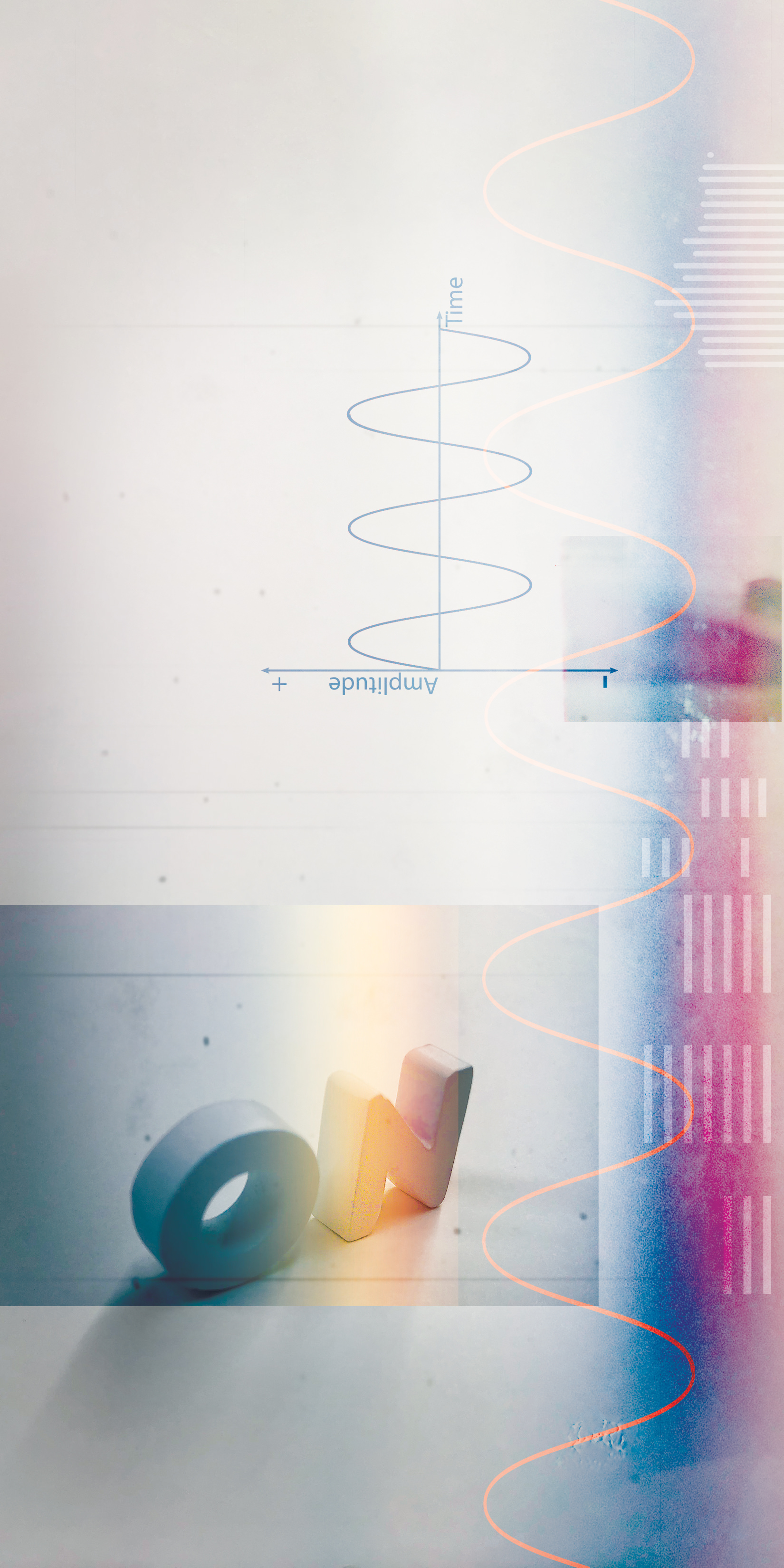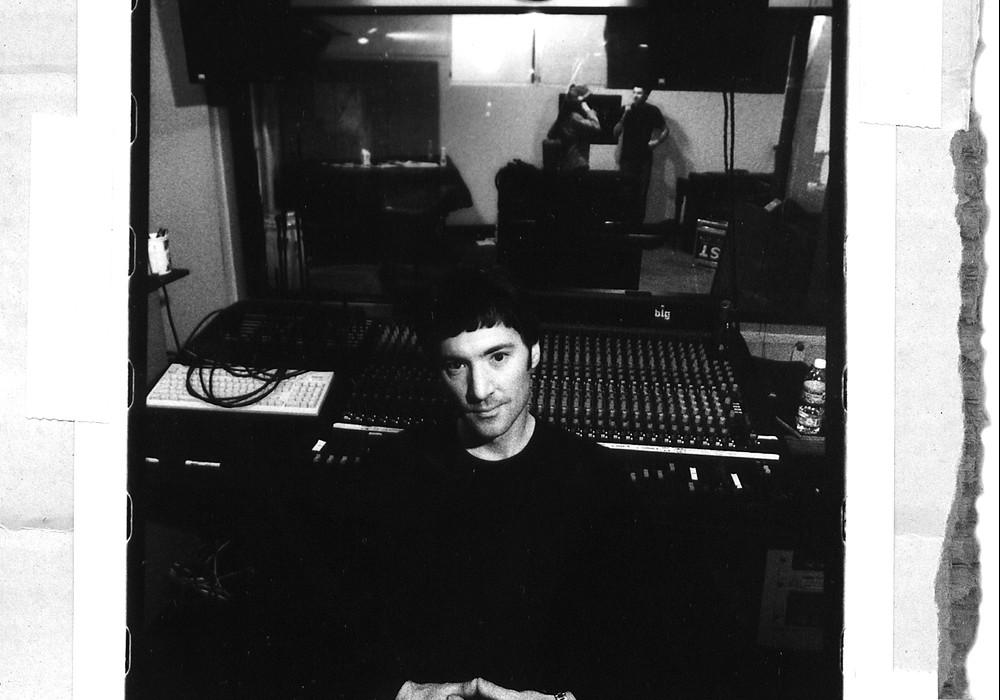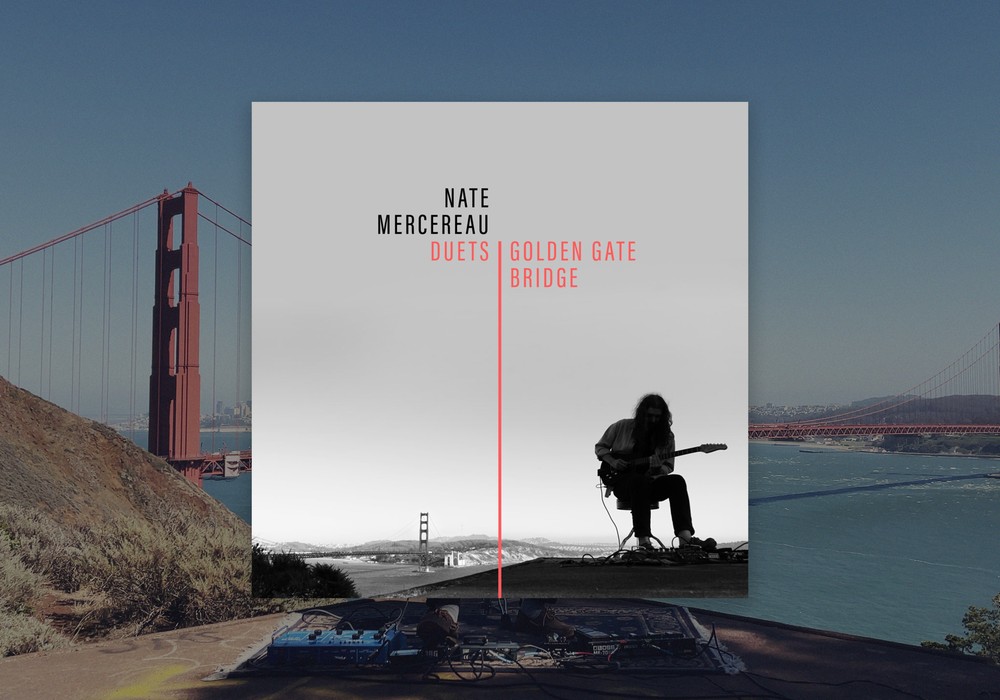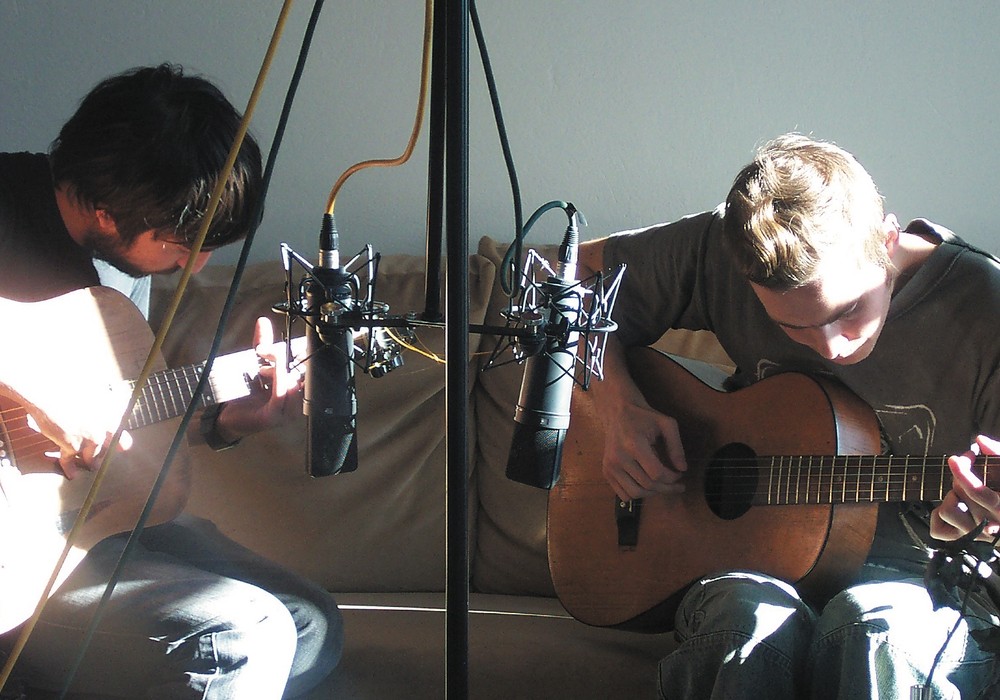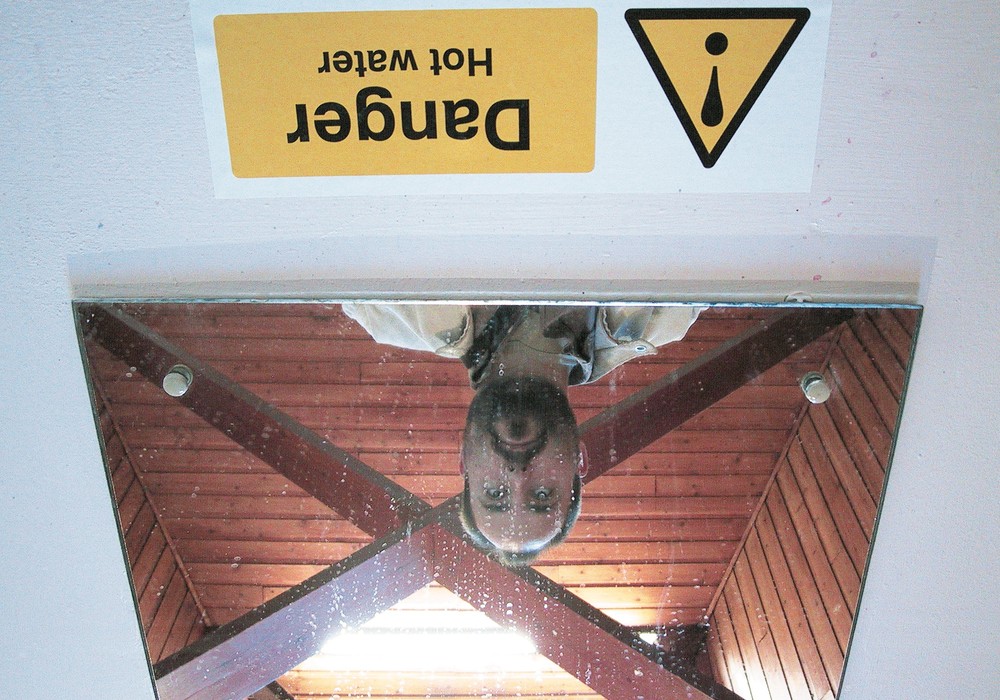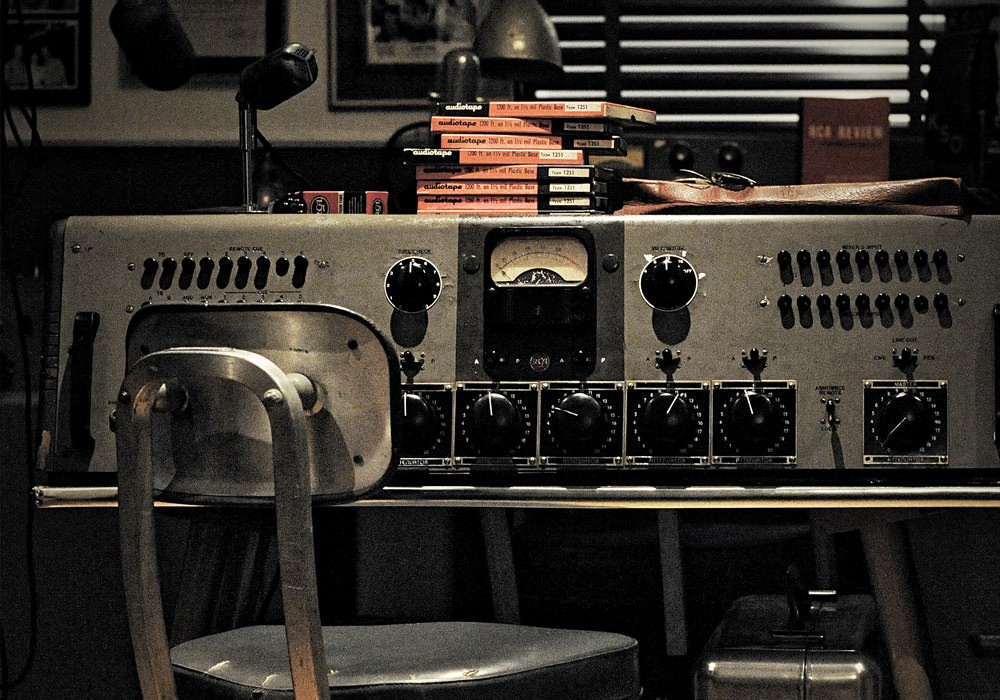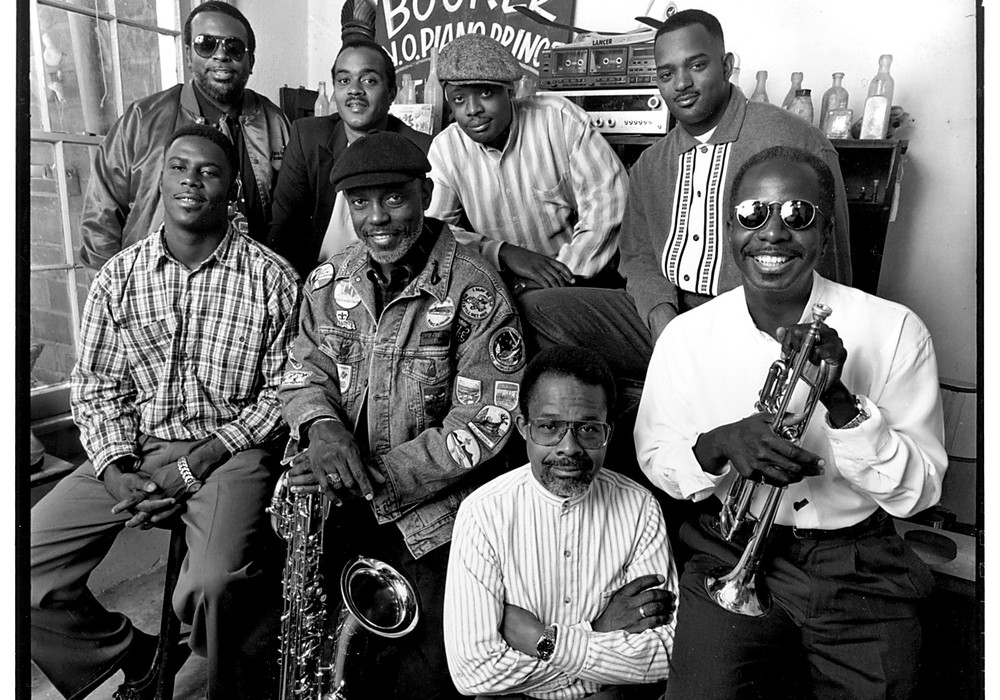Deciding to build a home studio requires complete denial of economic and practical realities. Due to the sorry state of the commercial recording studio marketplace, any musician requiring studio time can access hundreds of thousands of dollars worth of equipment for far less than the studio’s hourly operating costs. In most major markets, 24-track time (analog and/or digital) can be found as low as $20 per hour. At those rates, a wisely invested fifteen thousand dollar home studio budget could fund a near endless supply of studio time. When you factor in planned obsolescence, maintenance and repairs, utilities, etc., it is almost impossible to make a rational argument for owning a studio. (And I’m only talking about private, non-commercial studios. The arguments against starting a studio as a for-profit business venture are nearly ironclad.)
But anyone reading this publication has already made a conscious decision to ignore all of the very good arguments against studio ownership. I’m not going to attempt to explore all the reasons that have caused us to begin acquiring equipment towards our eventual goal. All I can do is offer a few suggestions on how to proceed. There has been a succession of articles in various publications offering up opinions on how to spend your studio equipment budget, be it $5,000 or $50,000. All of these articles made the same flawed assumption that most of their readers are still aiming for a very specific model of a home recording studio. In this narrowly defined paradigm, home recordists are all self-contained artists who wish to record all by themselves, one track at a time, preferably in complete silence. This model is greatly favored by the manufacturers (and advertisers), as it requires all new tools, products not previously available. The gear choices outlined in these articles focused on PC based systems and they were primarily configured to record MIDI based instrumentation. It all seems based on a tired, 1980’s sensibility of the direction that pop music was thought to be headed. Well, of the two main musical styles of the ensuing 15 years, indie guitar rock, and hip-hop, only hip-hop was well served by this studio model. It was, and is, completely inappropriate for guitar rock, blues, country or any other type of music that is closely tied to live performance. For anyone looking to start a studio with the intent of recording live bands, the consistent lack of information could lead you to believe that you were attempting the impossible. While it is true that a studio created out of a spare room will never offer up the acoustics of a professionally designed, purpose built live room; it is an overstatement that the home recordist must be limited to MIDI instrumentation or taking everything "direct." Making the most of a less than perfect space is a subject for someone far more skilled than myself. Instead, let’s take a look at some possible equipment choices for anyone looking to record "live in the studio."
This also isn’t the place for the "analog versus digital" argument. When attempting to fund professional quality equipment purchases on a home studio budget, the used gear market is the primary source. Based on the relative newness of digital equipment, and the lack of a clear winner in the format wars, any review of the used gear marketplace is going to focus on analog equipment. There is approximately one half century’s worth of used analog equipment to choose from. Of course, any gear more than a few years old is going to require maintenance or repair. The good news is that professional quality analog audio equipment was almost always built to facilitate regular maintenance and eventual repairs. The same can not be said of modern offerings in the home or project studio price range.
The majority of a studio equipment budget will be divided among four classifications of equipment:
1. multi track and two track recorders
2. recording console
3. microphones
4. outboard gear
Recorders — The biggest bargain in the pro audio used equipment marketplace is arguably the one inch 8-track recorder. This format was the "state of the art" for four or five years, and was widely utilized for another ten years after that as the format made its way down from the top spots to the startup studios. If all other things are equal (electronics, alignment, etc.), the one-inch 8-track format (and the related 2-inch 16-track) offer the highest quality audio recording and reproduction ever manufactured on a large scale. As the top studios moved up to 16-tracks and then 24 (and more), 8-track recorders became less desirable, although still strongly sought out by the smaller studios. But the ever growing desire for large numbers of tracks and the sudden availability of low cost digital 8-track recorders caused a rapid drop in used analog 8-track prices in the early '90s. Machines that cost more than $15,000 new, and had held onto more than one half that value, suddenly plummeted to today’s $1,500 to $3,000 prices. Properly maintained, these machines can offer a lifetime of dependable service and sound quality that can not be appreciably bettered for ten or twenty times the price! On the down side, they’re big, they eat reels of expensive tape (although a lot cheaper than 2" machines) and you will learn many new technical skills in order to keep your recorder operating properly. Due to a limited number of tracks, you will also be forced to properly plan out your arrangements and track assignments. But there is no other way for even the most modestly funded studio to offer sound quality equal to the big boys.
The 2-track mixdown deck is another fabulous bargain. Although the better funded studios laud the performance of 1/2" and even 1" 2-track recorders, the vast majority of all recorded music has been mastered from the 1/4" 2-track format. These recorders are so plentiful that only a few highly regarded models are beyond the reach of even the financially challenged home studio owner. Many of the industry standard workhorse decks are widely available for less than the cost of a mid-level DAT. For only one thousand dollars, you can expect to find a well-maintained model that needs only an alignment and bias adjustment prior to providing years of top quality audio.
Consoles — Digital consoles have been slower to take over their market than the various digital recording formats. Therefore, the demand for good analog consoles has not fallen off as quickly as has the market for open reel recorders. But an entry level, used pro analog recording console still offers value far beyond modern offerings, analog or digital. Most commercial studios eventually traded up to consoles with a minimum of 32 input channels and 24 outputs for use with their 2" 24-track recorders. Older consoles with less than 24 output groups, or that do not offer direct outs on every channel are viewed as inadequate in a world where 24 tracks is the baseline. But an 8-buss console is a perfect fit for that 1" 8-track. And even the 24 X 16 format, quite popular throughout the '70s, is available at cut rate pricing because it does not easily support 24-track sessions. I’ve always preferred split consoles, as their layout just seems more intuitively organized. The down side is the extra size required with that configuration. But if you have the space, these oversized monsters often go for surprisingly low prices, in part due to their undesirable dimensions.
While modern, semi pro microphones or outboard gear can, at a glance, be hard to differentiate from professional level equipment, the differences between a pro quality analog board from the '70s/'80s and today’s budget home studio consoles are obvious and far reaching. The most obvious difference is build quality. Instead of the mass-produced small plastic box with tiny, tightly spaced knobs, older analog consoles were largely built by hand. The console was typically constructed within a wood trimmed metal frame. Each channel strip was a separate unit, easily removed for testing, maintenance and repair. Although many of the most famous name consoles have been stripped for their modules, there are large quantities of second tier brands whose audio quality and serviceability make them very suitable for home or project studios. Due to the extremely large quantity of components in a professional console, there is always the potential for extensive maintenance and repairs with older, well-worn boards. Fortunately, most of the horror stories about consoles turning into bottomless money pits concern sound reinforcement consoles that have been brutalized on long tours. A good percentage of the recording consoles that come out of professional studios have been well maintained, but as always, buyer beware.
Microphones — Unlike analog recorders, where the range of acceptable used machines reaches back to the mid-'60s, or consoles where the usable supply is limited to boards built after 1970 or so, certain vintage microphones from the '40s and '50s are fully capable of performing to modern standards. Except for a few high tech designs, the technology behind quality microphones is fairly straightforward, it is the manufacturing tolerances that often sets the great mics apart from their lesser contemporaries. The good news is that we can utilize microphones from any time in the past 50 years. Unfortunately, because there have been no groundbreaking developments in microphone technology, there is not a category of mics that, although still capable of pro quality performance, are no longer in demand due to shifting tastes. There are no bargains to be had as there are with analog recorders or consoles. Even the most forward-looking digital recordist craves a locker full of vintage microphones. There is simply no alternative to purchasing high quality, high cost microphones. You don’t need to cough up over five grand for the vintage tube mics that collectors lust over. But the $199 condenser mics sold at your local guitar store are not the answer either. Instead, a balanced collection of quality dynamic, ribbon and condenser mics, in both cardioid and omni patterns should be acquired as your finances allow. Also, although there are some bargains to be had in used microphones, this is one area where buying new is often worthwhile.
Outboard Components — Outboard gear can be categorized by function (compressors, EQ, delays, etc.), but it can also be grouped another way: components that perform functions not available from your other gear and components that perform functions already existing in your other gear, but with greater quality, control, flexibility, etc. Delays and compressors would be examples of the former and mic pres and EQ would be examples or the latter. If you have obtained a high quality recording console, you already have 16 or 24 channels of usable mic preamplifiers and equalization. Its very easy to get caught up in the desire to own all of the high profile mic preamplifiers and EQ units — what analog studio doesn’t want to offer their clients a rack full of Neve modules? But if you have chosen wisely with your console selection, these types of outboard modules might not be high priority purchases. Of far greater importance would be the acquisition of a few high quality compressors and a couple of delay/reverb units. Of course, if you can afford it, a couple of channels of mic pres, preferably with a different sonic signature than the preamps in your console, can only improve your recordings. And a stereo parametric EQ (the best you can afford) will also be on your shopping list. A general thought regarding outboard gear — although a few items (a couple of compressors and a delay unit) are "must haves," it might be better to wait until you have fully evaluated the rest of your system before purchasing any other outboard gear. Once you have a good handle on the strengths and weaknesses of your recording signal chain, you will be in a better position to prioritize your needs for outboard components.
Conclusion — a wise man would quit here hoping that the reader finds some part of this text of some practical value. But I want the chance to name names and offer up my recommendations on what to purchase if you have $15,000 burning a hole in your pocket. Remember, this is an equipment budget only. You are going to have to fund acoustical treatment of your room separately, along with countless other items not mentioned here. I’ve listed two choices in the first three categories and very rough budget estimates for each. The prices are all for used equipment, even the microphones which might be worth purchasing new. Please note that even the cleanest examples of gear this old will need to be serviced and possibly repaired. Here goes:
1" 8-track recorder — Ampex 440B-8 ($1,500) or Otari MX80-8 ($3,500) The Ampex 440 is the bulletproof workhorse of the audio industry. But the advanced transport controls on the much newer Otari will make overdubbing and punch-ins less of a chore.
1/4" 2-track recorder — Studer B67 ($750) or Studer A80 ($1500) The industry standard Ampex ATR102 is a little pricey for our budget. [The MCI JH-110 series is even more affordable and can sound great. -LC]
Console — Trident 65 16X8 ($6000) or Neotek Series One ($5000) When you compare either of these to what you can buy new for this much money, you’ll never look back.
Microphones — Neumann TLM103 ($800), Soundeluxe U97 ($400), Neumann KM184 ($1000 /pair), Sennheiser MD421 ($500 /pair), AKG D112 ($150) and Shure SM57 ($300 for four). That gives you eleven microphones, enough to record a basic four-piece rock band, live in the studio.
Outboard Gear — FMR Audio RNC ($600 for four), Altec 436B ($400), Joe Meek SC2.2 ($400), Orban Parasound 648 ($450), Lexicon PCM60 ($550), Yamaha REV7 ($500). This is a bare bones setup, but it can be added to every time you find yourself with a few hundred dollars in the gear fund. Spend the big money on your console, recorders and microphones, you‘ll be adding outboard toys forever anyway.
Depending on the final choices, it all adds up to $13,300 to $17,050; allow at least $3000 (or more) for cables, equipment racks, headphones, power strips, mic stands, go-bos, and a dozen other items — and you are already over budget. You might as well get used to it now. Compare this to the selections listed in some of the other recent recommendations — which collection of gear would you have more fun with?
Interviews | No. 20
Scott Fritz of KRCW: Live radio recording
by Larry Crane
Years ago a friend of mine sent me a cassete with a live broadcast of the Go-Betweens, Downey Mildew and Glass Eye that he recorded off the radio from KCRW (public radio 89.9FM) in Santa...
